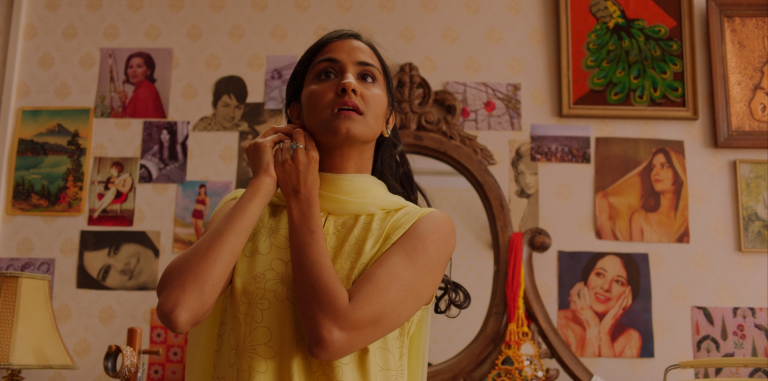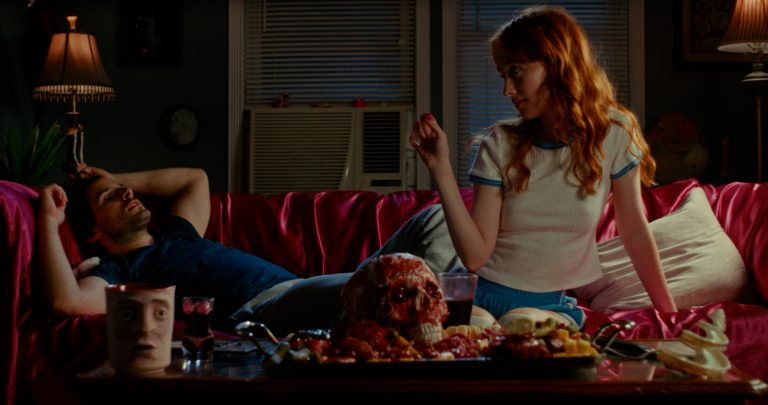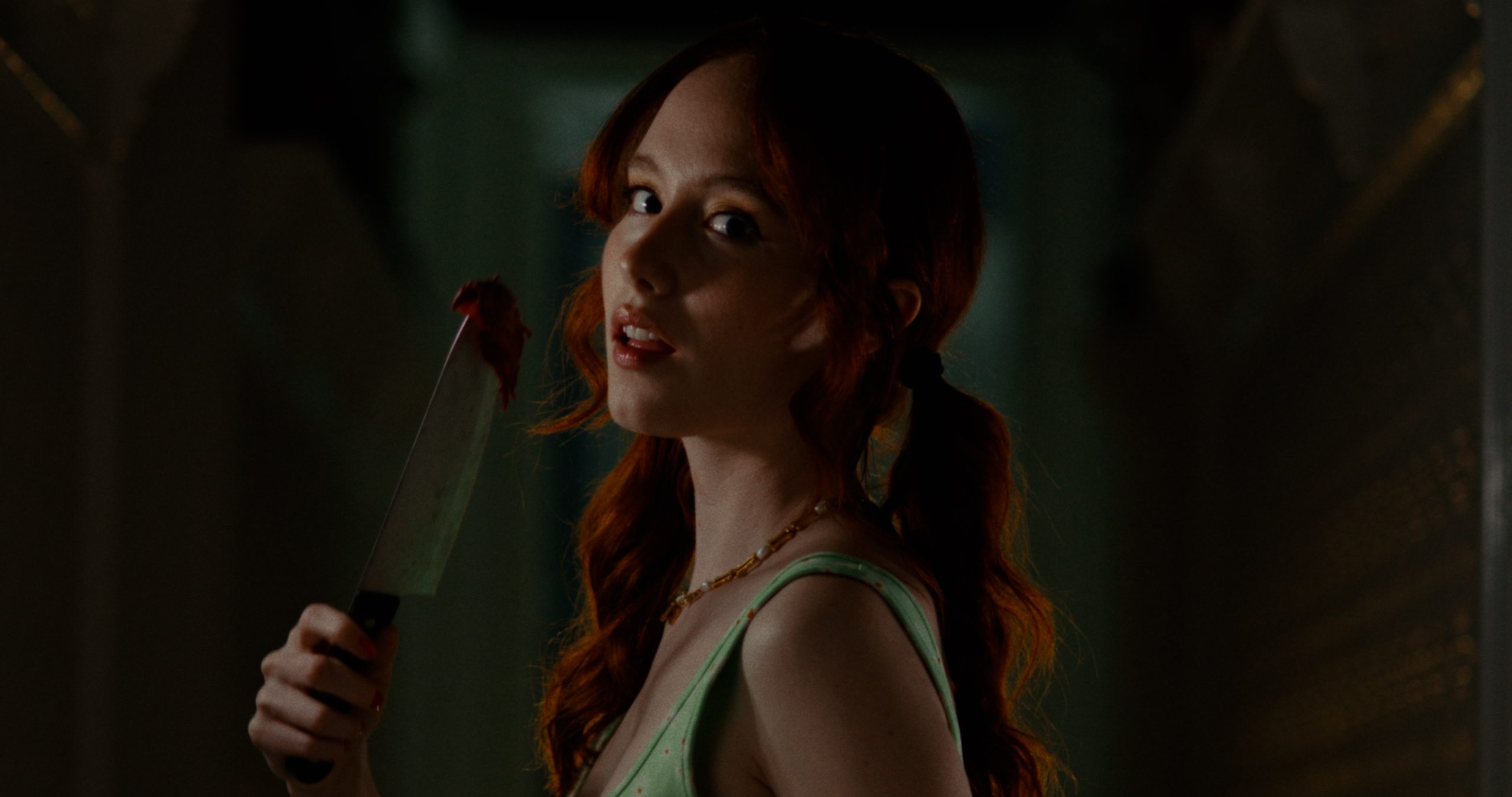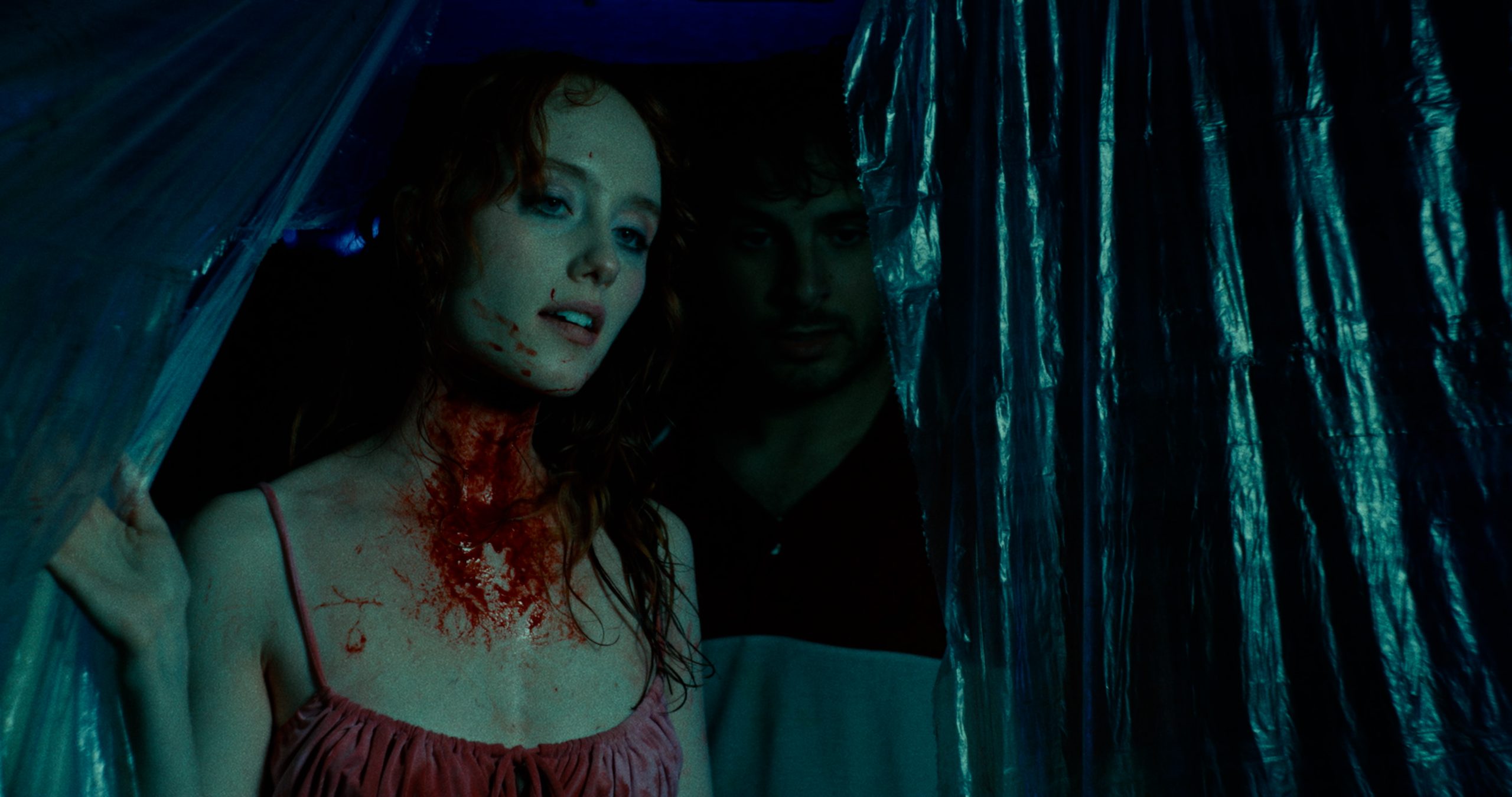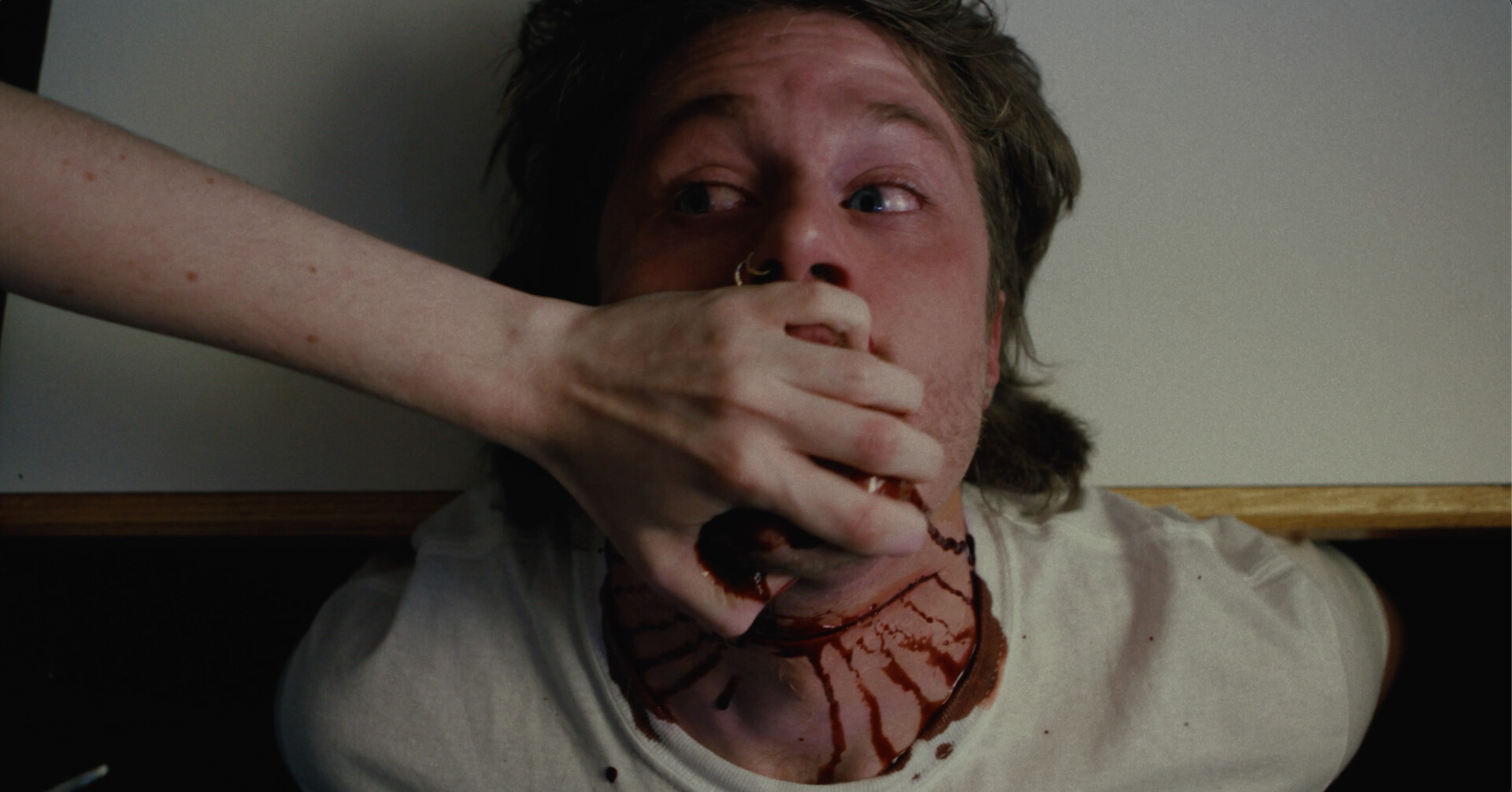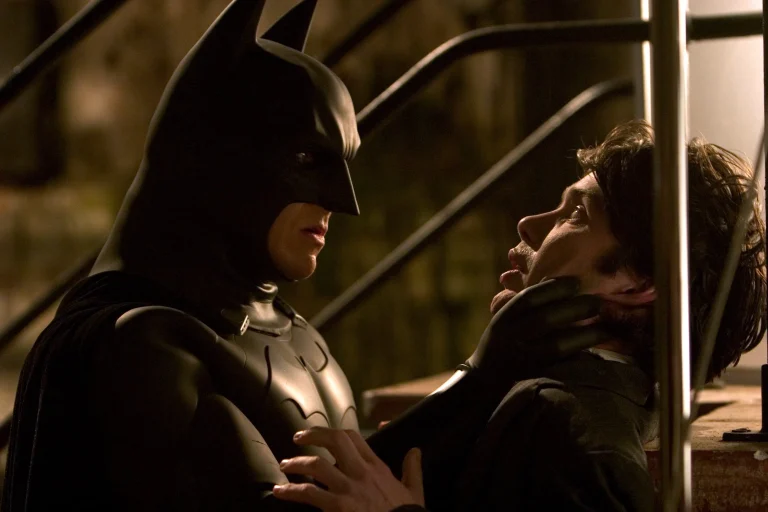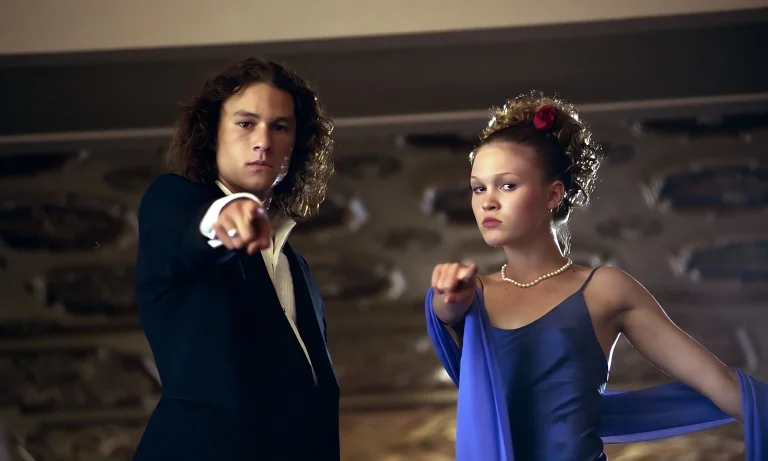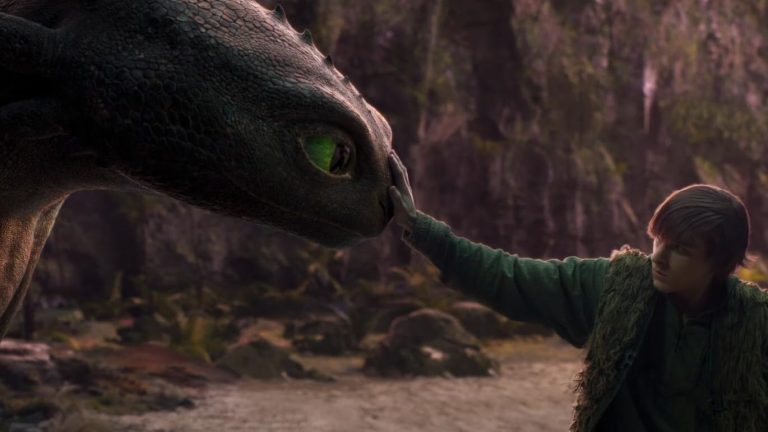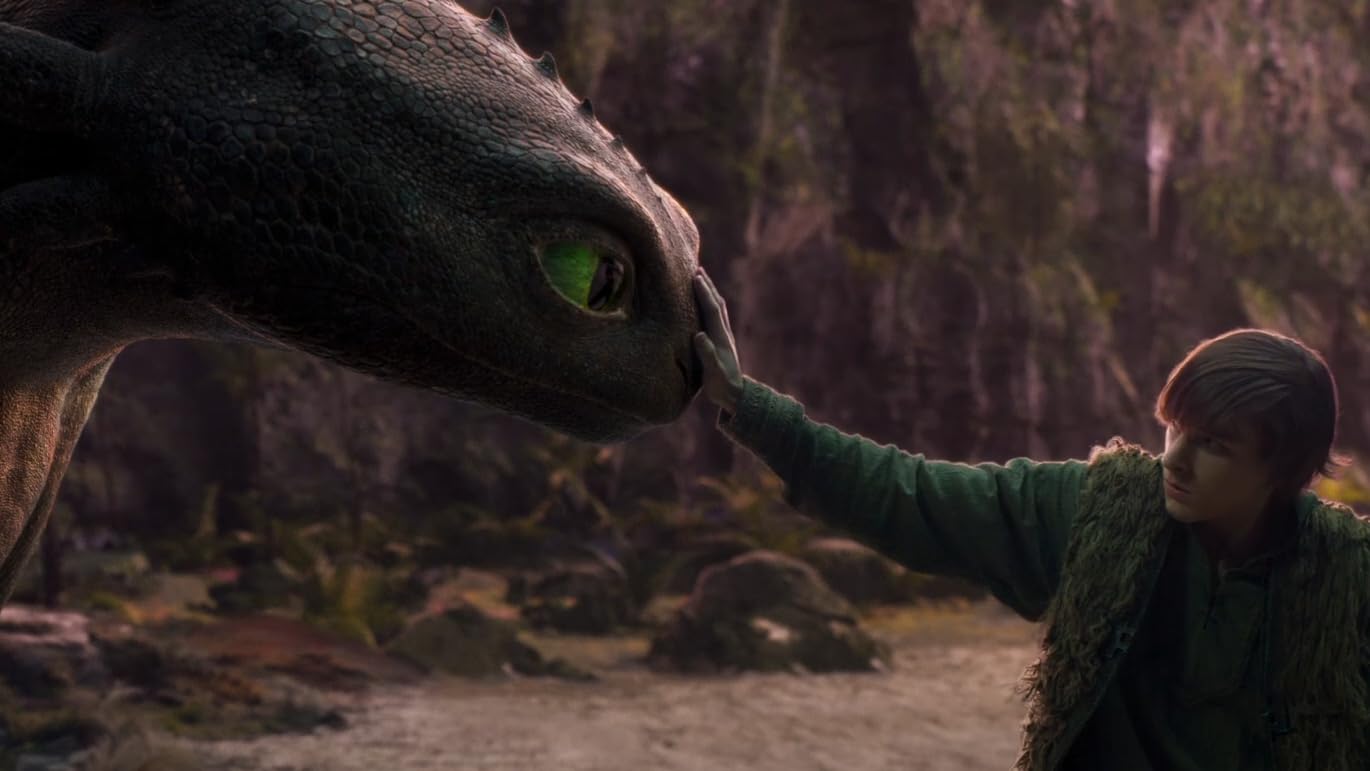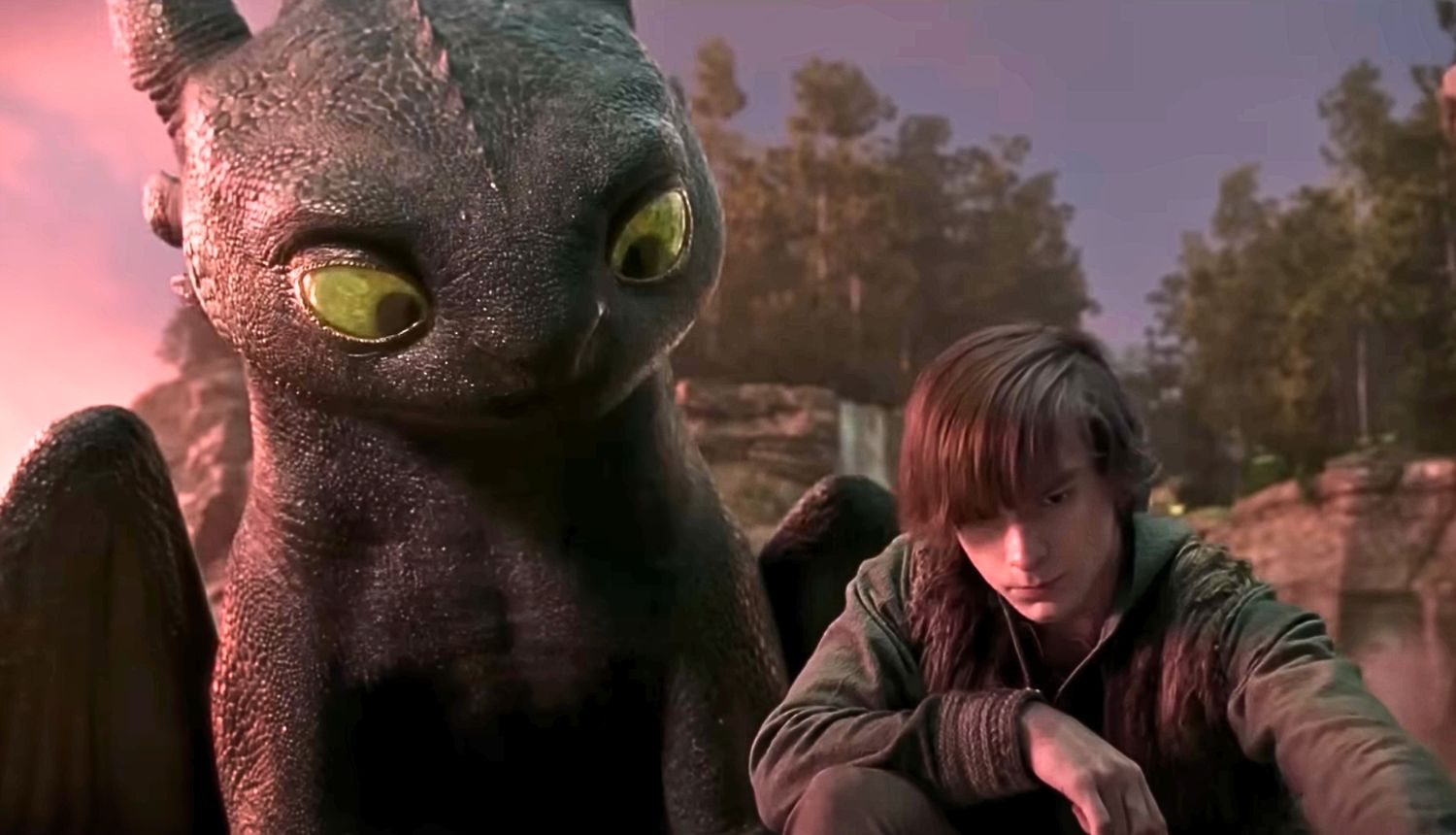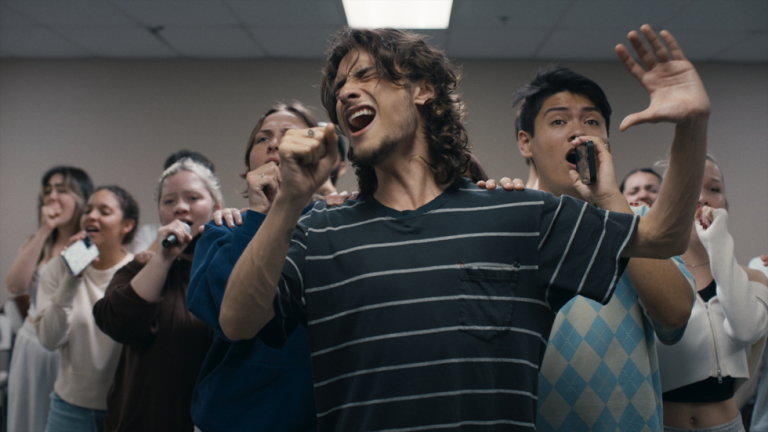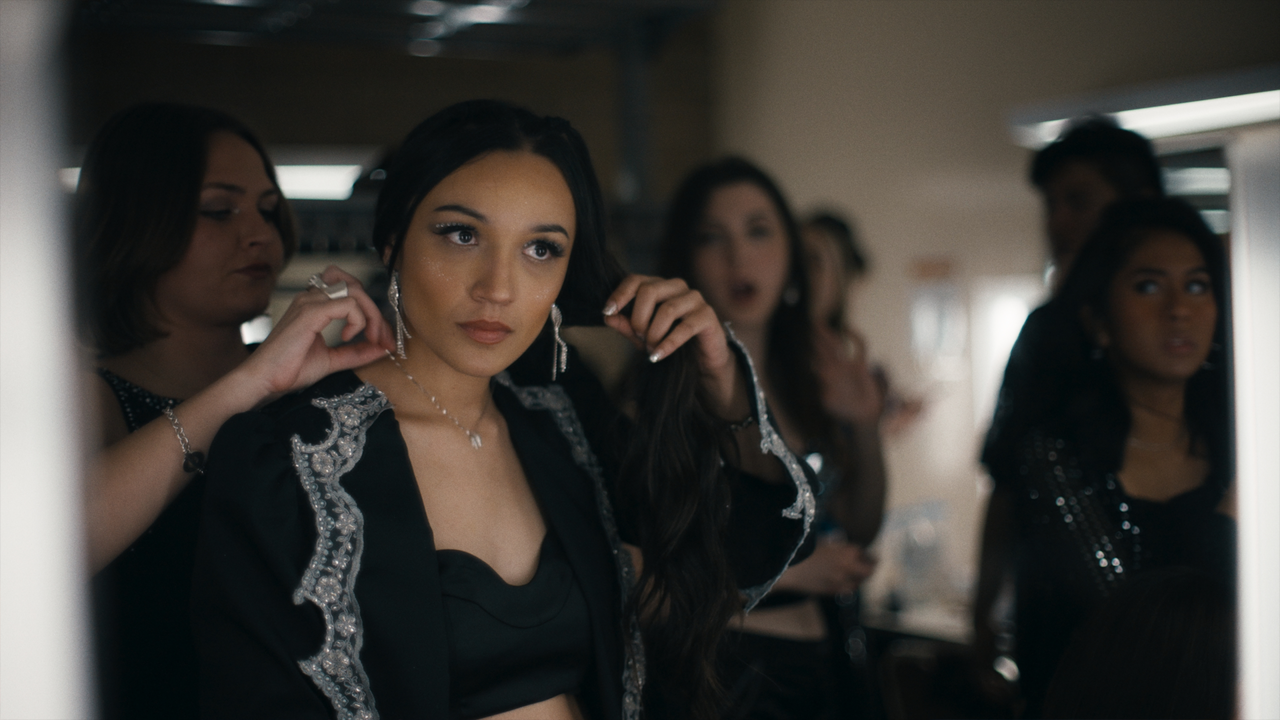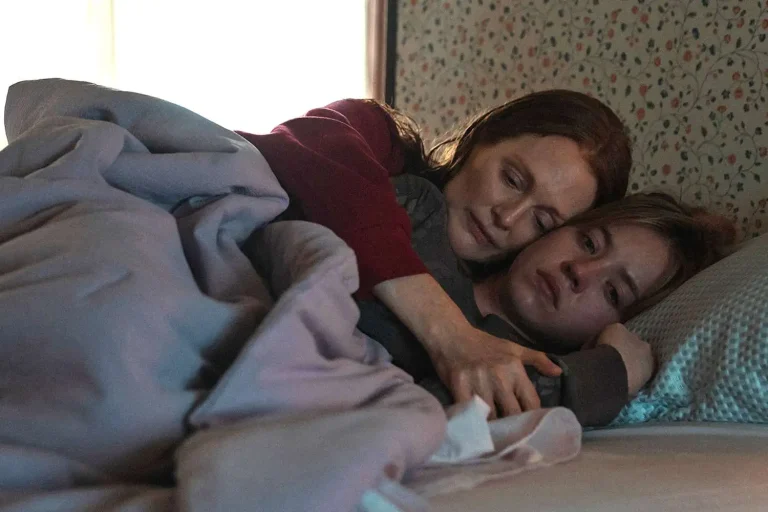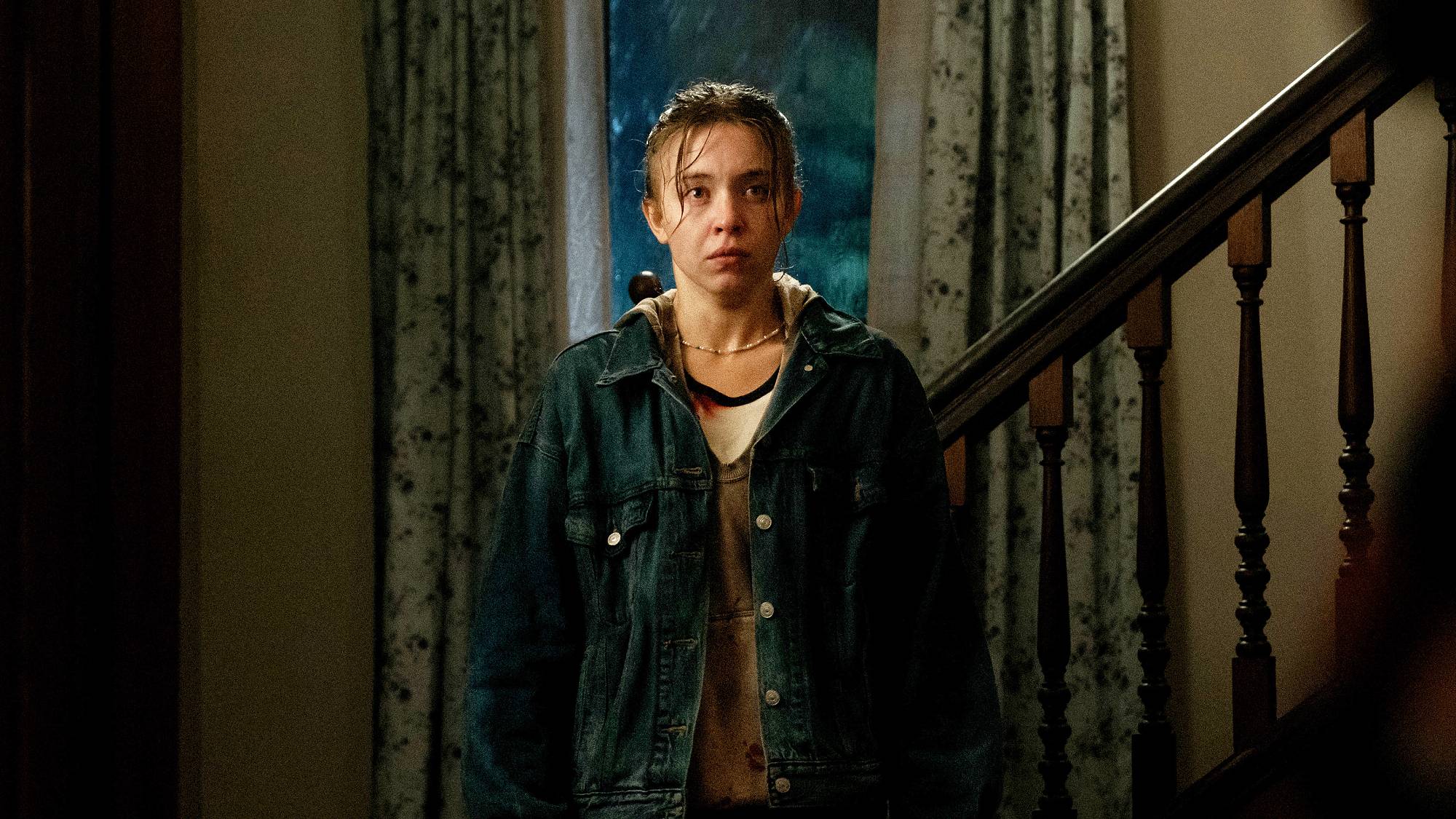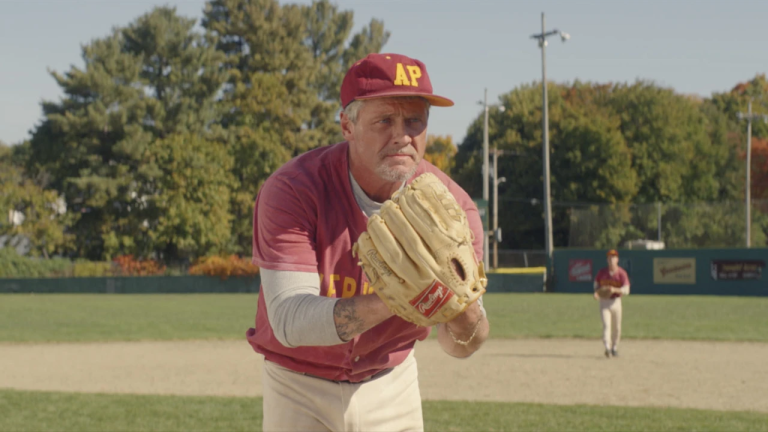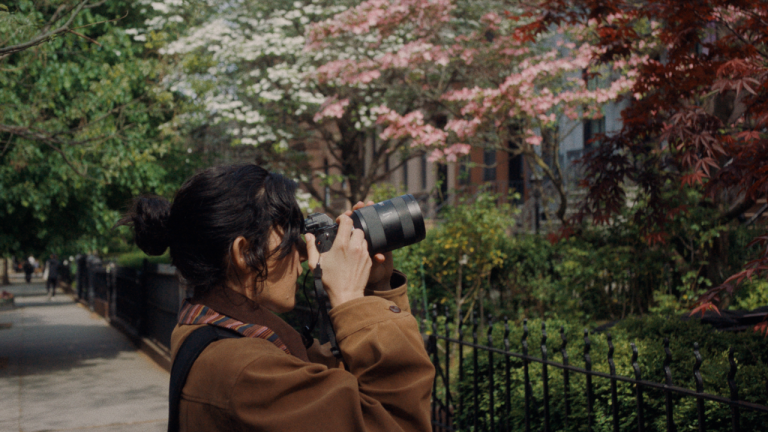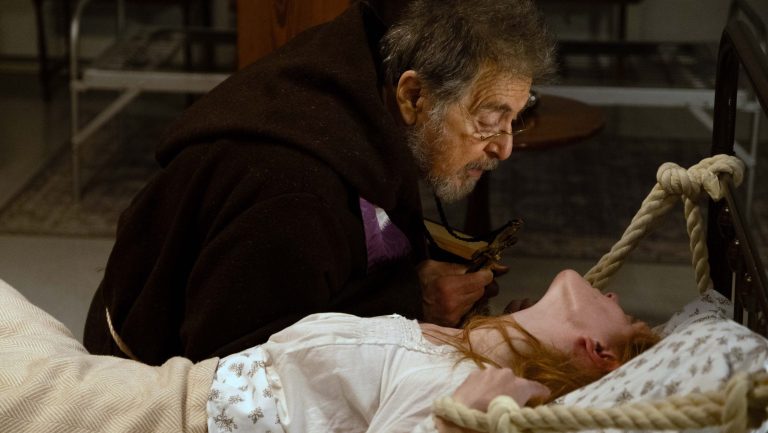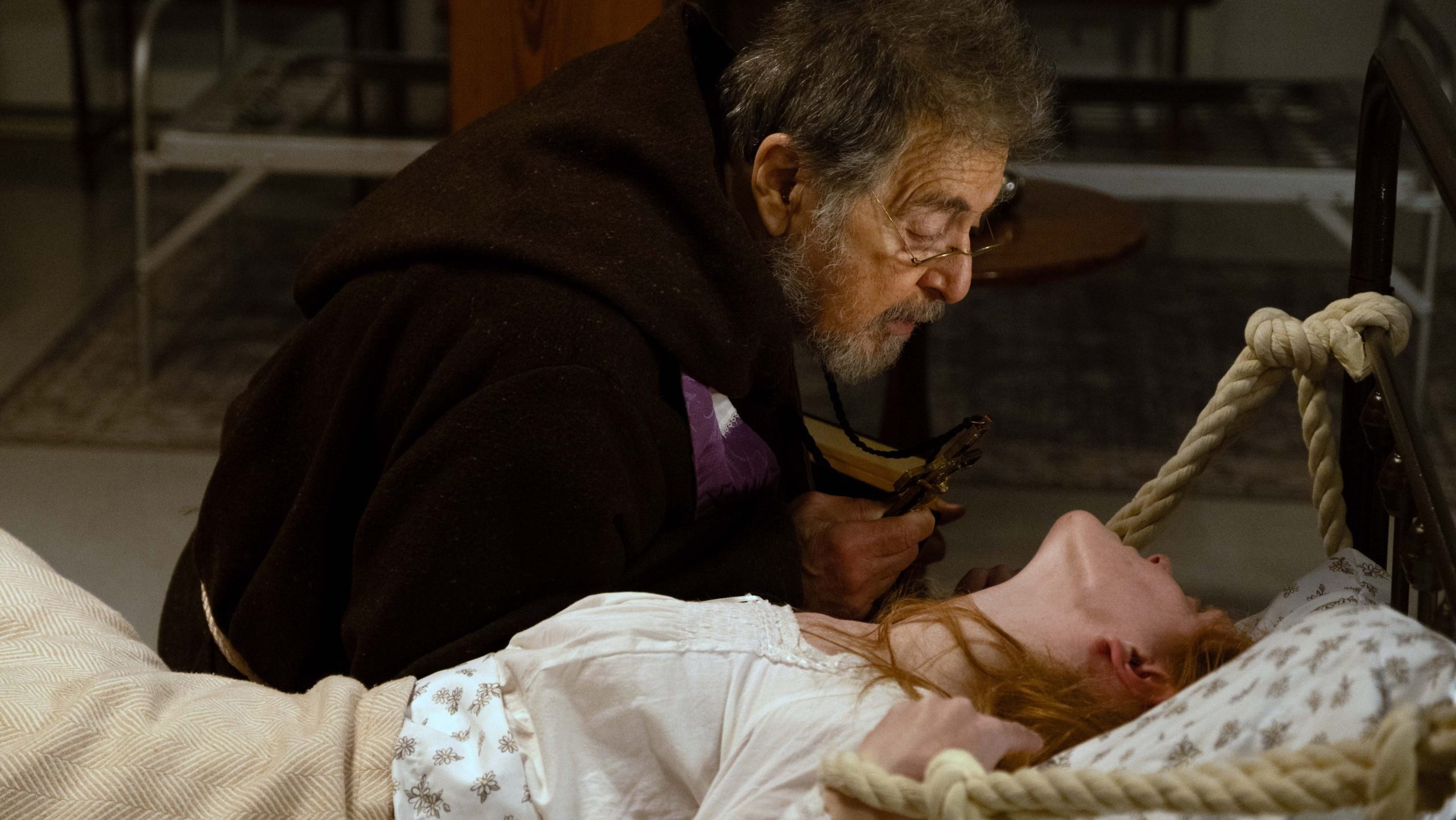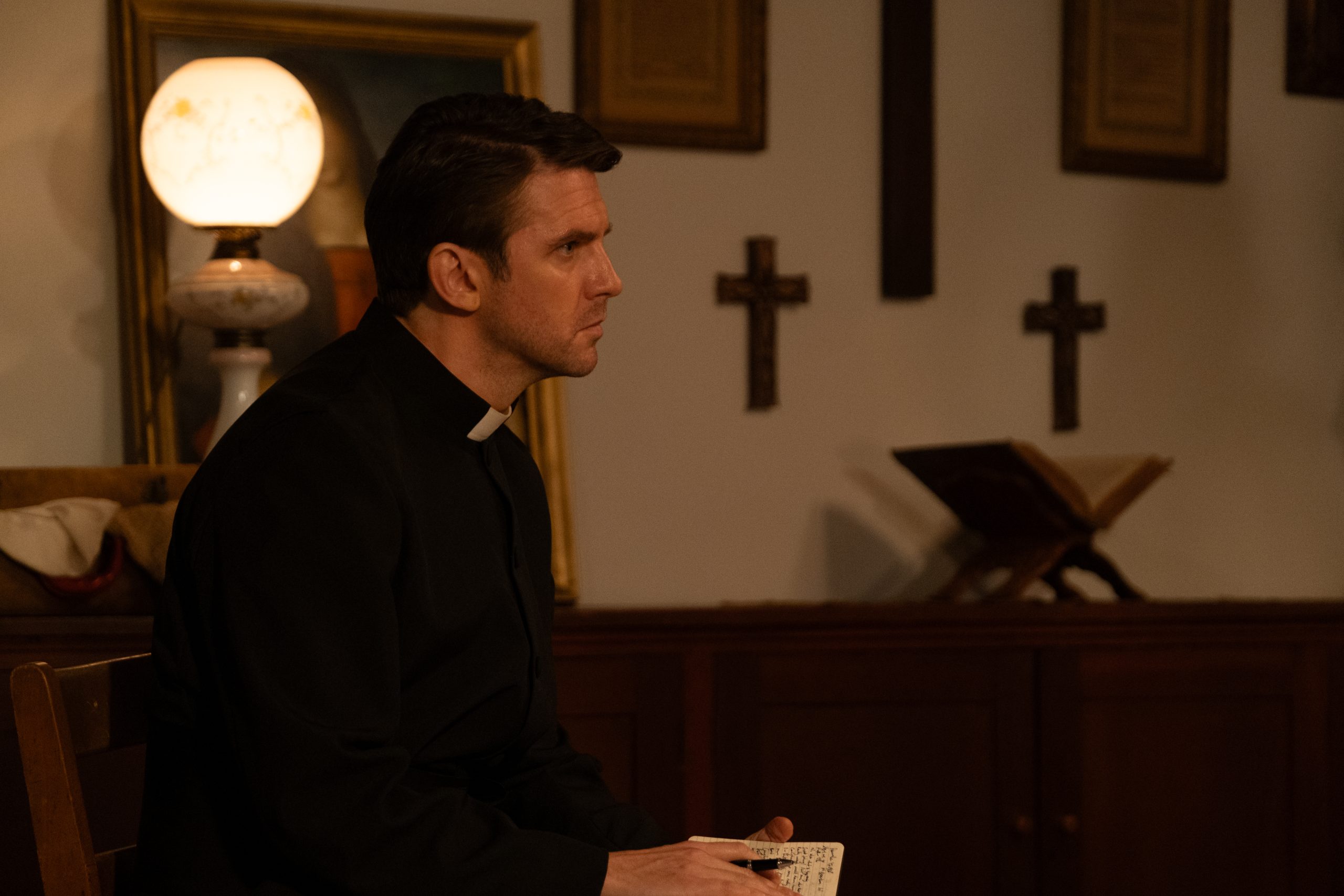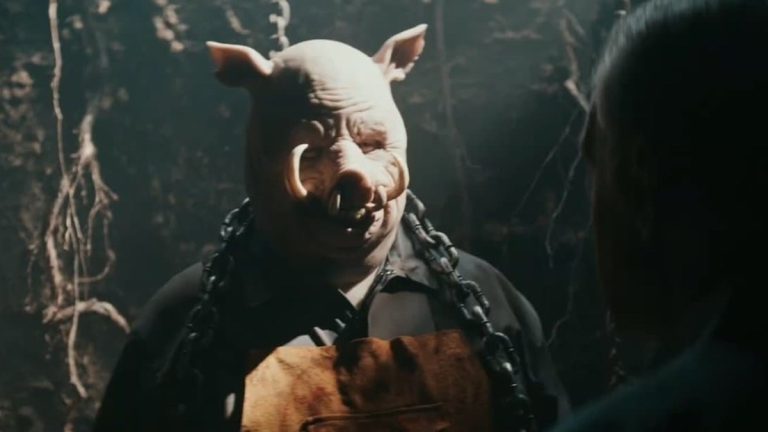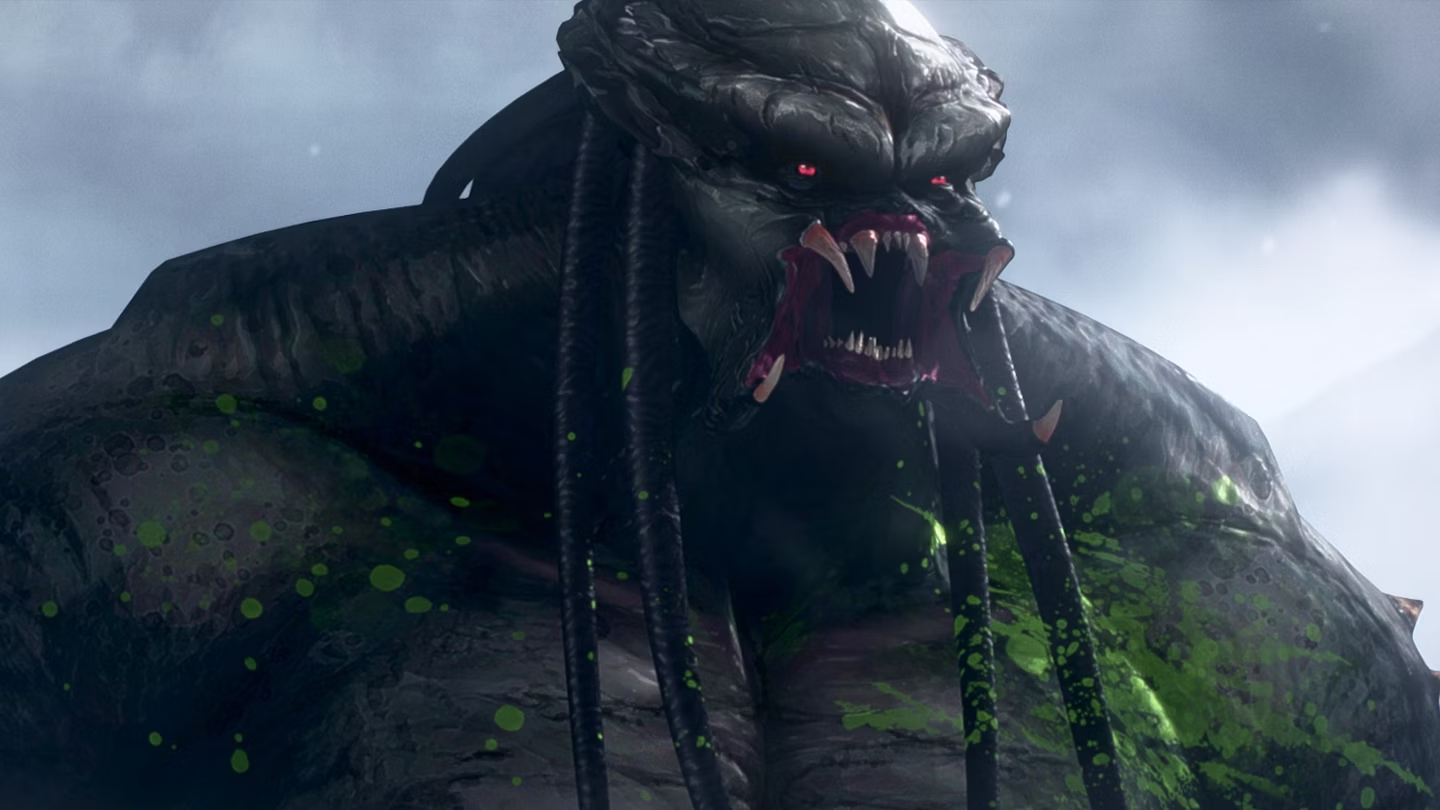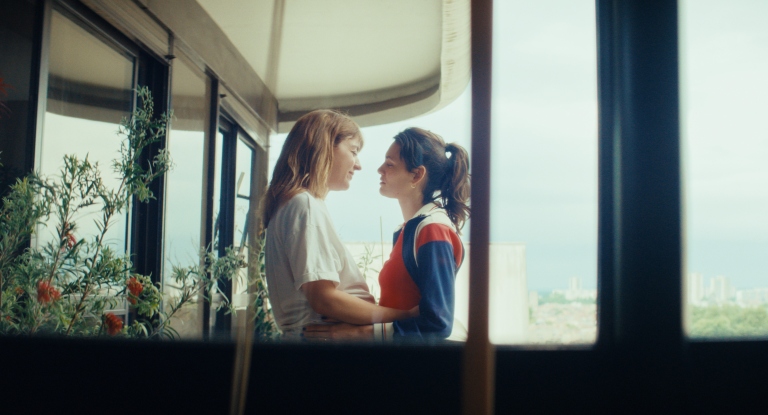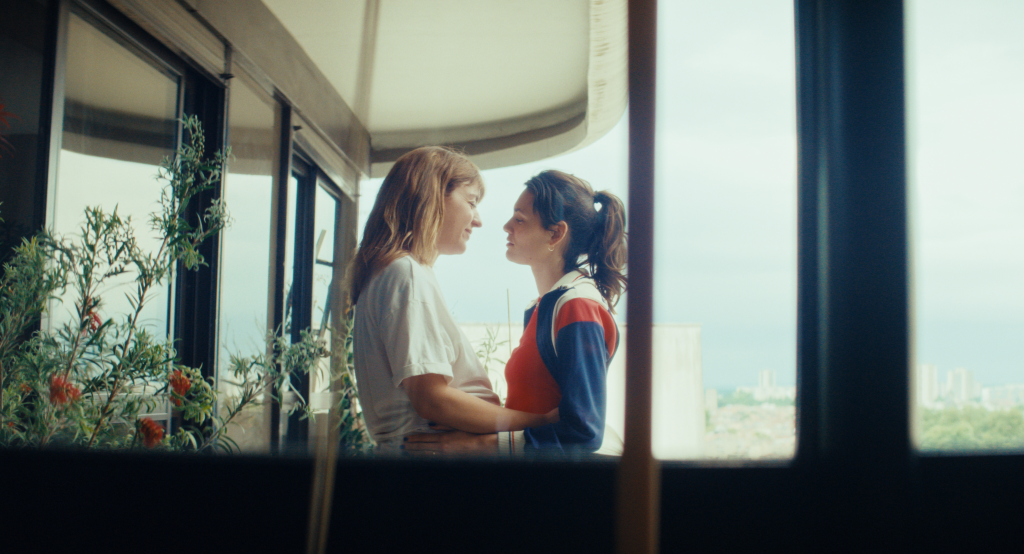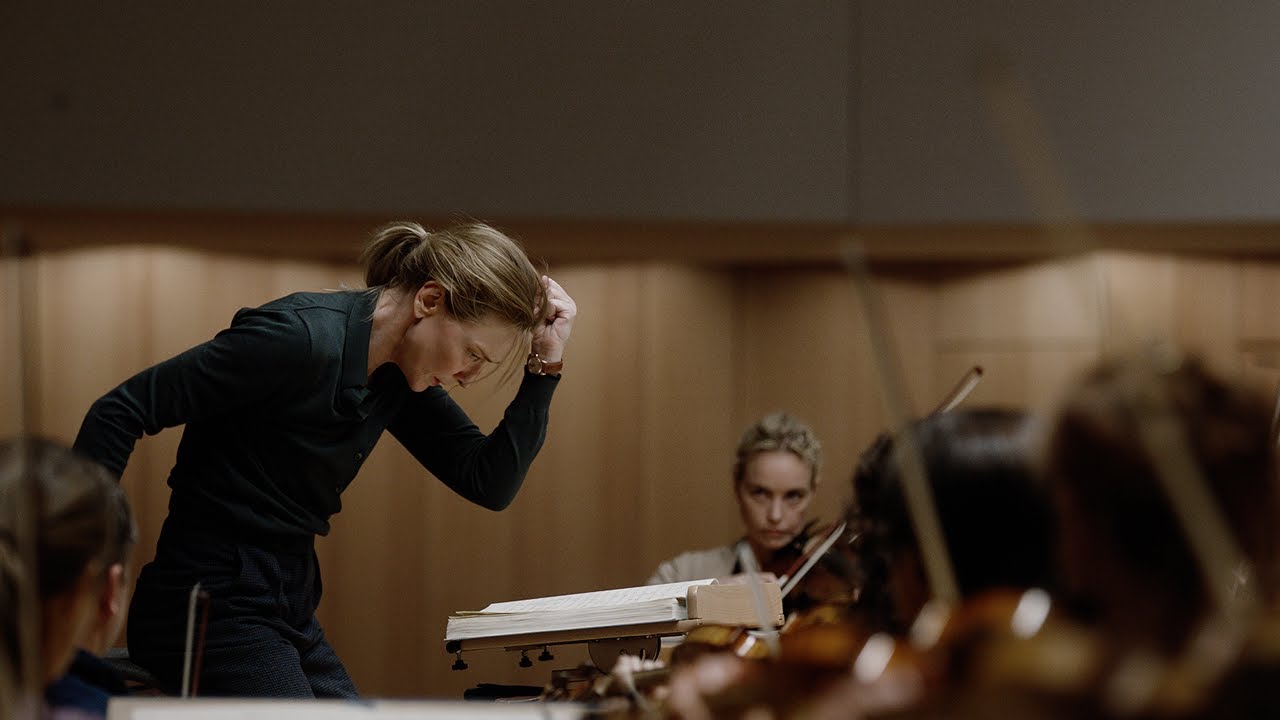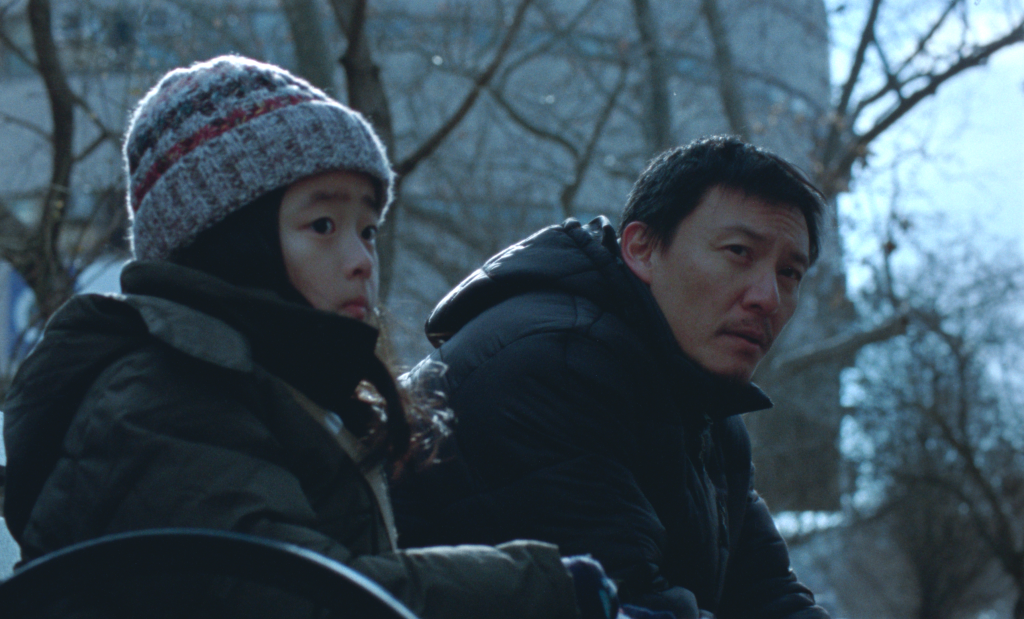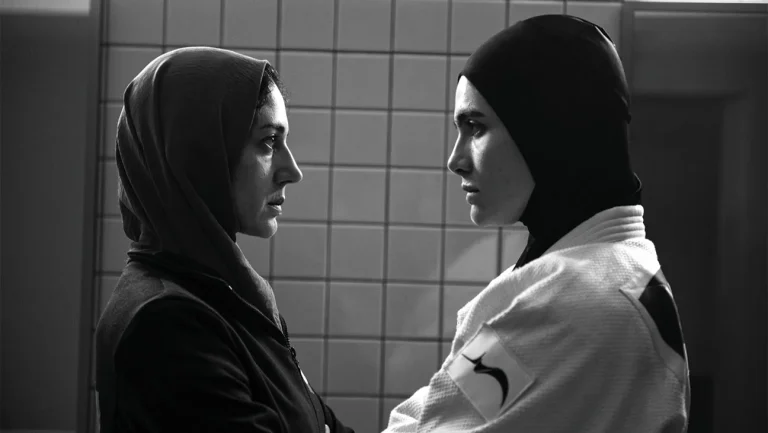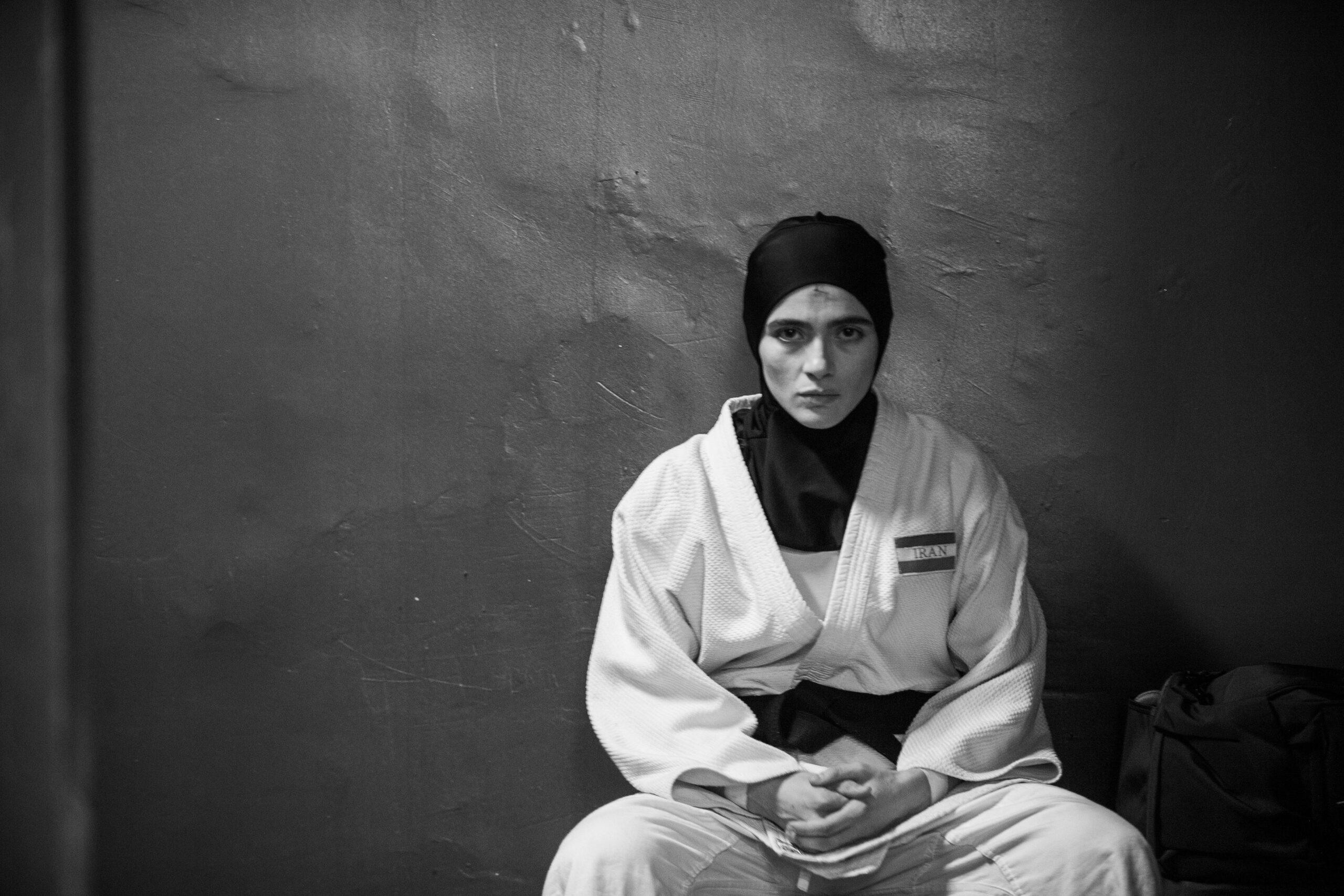Director: Fawzia Mirza
Writer: Fawzia Mirza
Stars: Amrit Kaur, Nimra Bucha, Hamza Haq
Synopsis: Azra is worlds apart from her conservative Muslim mother. Following a tragedy, Azra finds herself on a Bollywood-inspired journey to Pakistan – guided by memories of her mother’s youth in Karachi and her own coming-of-age in rural Canada.
It’s safe to say that The Queen of My Dreams is a deeply personal directorial debut from Fawzia Mirza. Starting off as a short film of the same name from Mirza in 2012, she turned her short film into a stage play titled Me, My Mom & Sharmila. Over 10 years later, Mirza brings this story of a young woman of two cultures navigating complicated familial relationships and loss to the big screen. Using her own life as inspiration, Mirza explores being queer as a Pakistani woman who has lived her entire life in Canada. This gives audiences an authentic view into growing up queer in two different worlds.

We first meet, or rather hear the film’s lead Azra (Amrit Kaur) as The Queen of My Dreams shows her mother, Mariam (Nimra Bucha), sitting in front of a mirror staring at her reflection. Azra recounts fond memories she has with her mother from her childhood, how beautiful her mother is, and their shared love of Bollywood, especially Sharmila Tagore and Rajesh Khanna in the film Aradhana. As the memory fades, we see Azra, who is at college, living with a woman, Rachel (Kya Mosey), she tells her family is her roommate, but is definitely something much more. A call to her parents’ house has her chatting with her father, Hassan (Hamza Haq), catching up about her schoolwork. As her father passes the phone to her mother, it’s clear that there is a rift in their once happy relationship, leaving questions about how there is such a frigid coldness between two that seemed so close.
After Azra’s father has a fatal heart attack, something she learns over a voicemail left after several calls made to her apartment went unanswered. She must travel to Pakistan to be with family and start mourning her father. From Azra’s perspective, her father was kind, understanding, and the only parent who gave her warmth. Her mother, at some point in her life, turned cold to her, and they don’t even get along well enough to speak to each other on the phone. The film often shifts to flashbacks from Azra’s past, showing that she and her mother were once inseparable, even being a mother-daughter sales duo selling Tupperware to their neighbors. The Queen of My Dreams tugs hard at those moments, making the reveal of why their relationship is strained that much more heartbreaking.
When Azra arrives in Pakistan, Mirza makes sure to show how out of place Azra feels; her clothing makes her stand out right away. But she soon feels at home as a familiar face picks her up from the airport. As Azra is traveling, the film shifts into 1960s Pakistan, where Kaur is now playing the younger version of her mother, Miriam. The colors are vibrant, and her clothes are a bit more revealing, portraying the younger version of her mother who is full of life and ambition. This is where the most about Miriam is learned, how she met and fell deeply in love with her husband, Hassan, and how their love story bloomed from secret dates to their wedding. Mirza uses these flashbacks to also show the parallels between Azra and Miriam’s lives as they were growing up; although Azra grew up in Canada and Miriam in Pakistan, the foundation of their girlhood and finding their sexuality is rooted in their shared love of Bollywood films.

The non-linear way that Mirza tells the story in The Queen of My Dreams is where the most is learned about Azra and her mother. Constantly shifting from young Miriam to Azra keeps the audience’s attention, but it can be a tad confusing for the film’s narrative. Information on Azra and her sexuality takes a back seat during the majority of the film as there’s a larger emphasis on Miriam and her backstory, and even though her younger life is often more lively than her daughter’s, it is easy to lose interest in Azra. The best of this storytelling comes when a younger version of Azra (Ayana Manji) is introduced in a flashback, and a young woman’s love and admiration for her mother is slowly chipped away as her mother walks in on something she shouldn’t.
What makes The Queen of My Dreams tick is the performances from Kaur, as both Azra and young Miriam. Fully embracing both Mirza’s Canadian and Pakistani side, the duality between a young queer college student and an outgoing Pakistani woman is captivating. My favorite moments from Kaur are when she arrives in Pakistan back with her family, learning how to dance, taking the male part in a couples dance, causing gossip among her female family members. She makes it look so easy shifting from Miriam to Azra, giving committed performances for both. Paired with Bucha as an older Miriam, their work together is captivating to watch; their ability to show a quiet tension that is easily agitated is a wonder to watch.

The Queen of My Dreams is easy to fall in love with from its visuals, especially during the 60s flashbacks with a youthful Miriam. The bright colors of the clothing, cars, and food in Pakistan pop with the saturated color grading. Cinematographer Matt Irwin balances the narrative shifts between the past and present incredibly well, making a clear distinction between then and now. What stands out the most with Irwin’s work is during the Bollywood recreations where Azra and Miriam place themselves in their favorite film. Irwin mimics the framing of it well and captures the romance through the glowing colors and lingering close-ups of women in love.
Ultimately, Mirza captures a queer story that is deeply connected to her personal experience; its heartbreaking and often charming moments show just how much potential this film has. It’s easy to get lost in the film, but the performance from Kaur makes each passing minute more interesting than the last, especially when she’s being a rebellious young woman. The Queen of My Dreams works best when exploring the generational differences between a mother and daughter and how getting to know your mother’s past helps you understand your own life.



